Korda, Alberto. 1928-2001. "Guerrillero Heroico " Havana, Cuba; Image originally taken 1960, this a reprint dated 1999. Gelatin silver print, 300 x 405 mm. (12 x 16 inches.). Signed and dated at lower right Alberto Korda 99, also numbered 48/50. With the printed COA issued by Dante Korda in Miami after 2001. This image is taken from the original negative that Korda took on March 6th 1960, with the palm fronds to the right and part of another person on the left. It was Korda's genius that saw the image in the middle of the photograph, the stoical revolutionary, was the image that he needed. In fact it almost never happened. The day before Alberto Korda took his iconic photograph a ship had exploded in Havana Harbor, killing the crew and dozens of dockworkers. Covering the funeral for the newspaper Revolución, Korda focused on Fidel Castro, who in a fiery oration accused the U.S. of causing the explosion. The two frames he shot of Castro's young ally were an afterthought, and they went unpublished by the newspaper. After Guevara was killed leading a guerrilla movement in Bolivia nearly seven years later, the Cuban regime embraced him as a martyr for the movement, and Korda's image of the beret-clad revolutionary soon became its most enduring Revolutionary symbol, and "Guerrillero Heroico" was appropriated by artists, causes and admen around the world, appearing on everything from protest art to underwear to soft drinks. It has become the cultural shorthand for rebellion and one of the most recognizable and reproduced images of all time, with its influence long since transcending its steely-eyed subject.
Korda, Alberto. 1928-2001. "Guerrillero Heroico " Havana, Cuba; Image originally taken 1960, this a reprint dated 1999. Gelatin silver print, 300 x 405 mm. (12 x 16 inches.). Signed and dated at lower right Alberto Korda 99, also numbered 48/50. With the printed COA issued by Dante Korda in Miami after 2001. This image is taken from the original negative that Korda took on March 6th 1960, with the palm fronds to the right and part of another person on the left. It was Korda's genius that saw the image in the middle of the photograph, the stoical revolutionary, was the image that he needed. In fact it almost never happened. The day before Alberto Korda took his iconic photograph a ship had exploded in Havana Harbor, killing the crew and dozens of dockworkers. Covering the funeral for the newspaper Revolución, Korda focused on Fidel Castro, who in a fiery oration accused the U.S. of causing the explosion. The two frames he shot of Castro's young ally were an afterthought, and they went unpublished by the newspaper. After Guevara was killed leading a guerrilla movement in Bolivia nearly seven years later, the Cuban regime embraced him as a martyr for the movement, and Korda's image of the beret-clad revolutionary soon became its most enduring Revolutionary symbol, and "Guerrillero Heroico" was appropriated by artists, causes and admen around the world, appearing on everything from protest art to underwear to soft drinks. It has become the cultural shorthand for rebellion and one of the most recognizable and reproduced images of all time, with its influence long since transcending its steely-eyed subject.
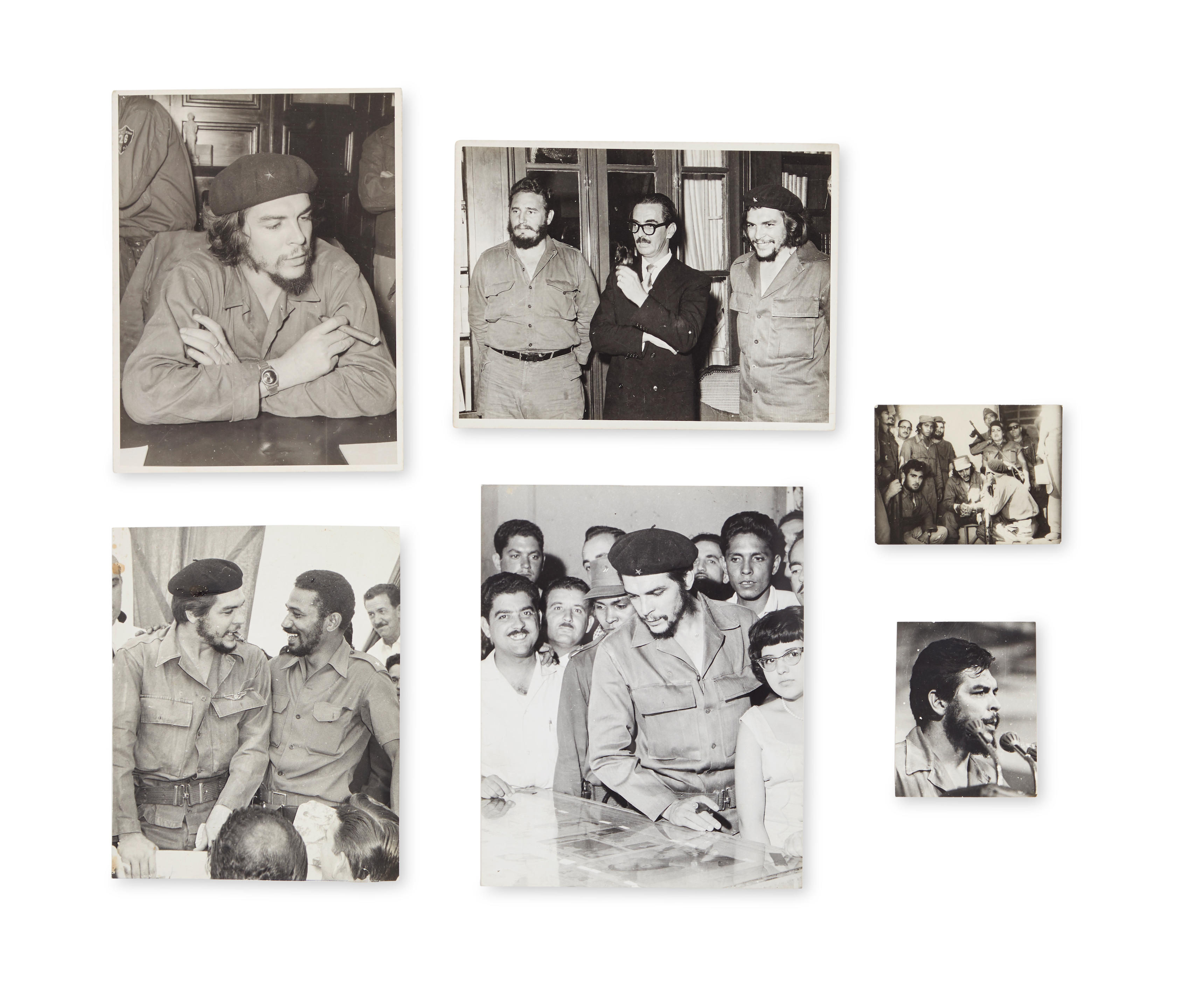
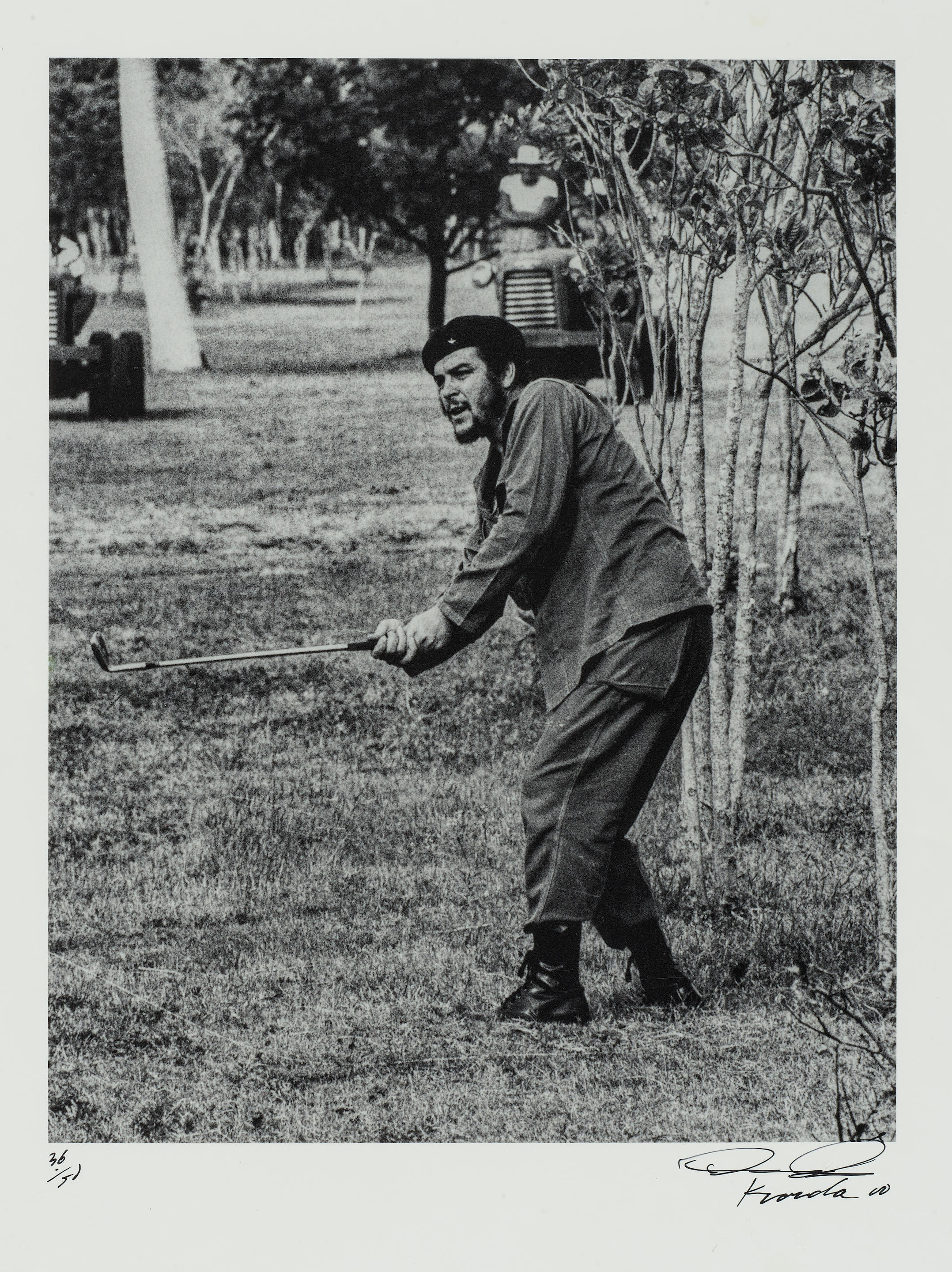

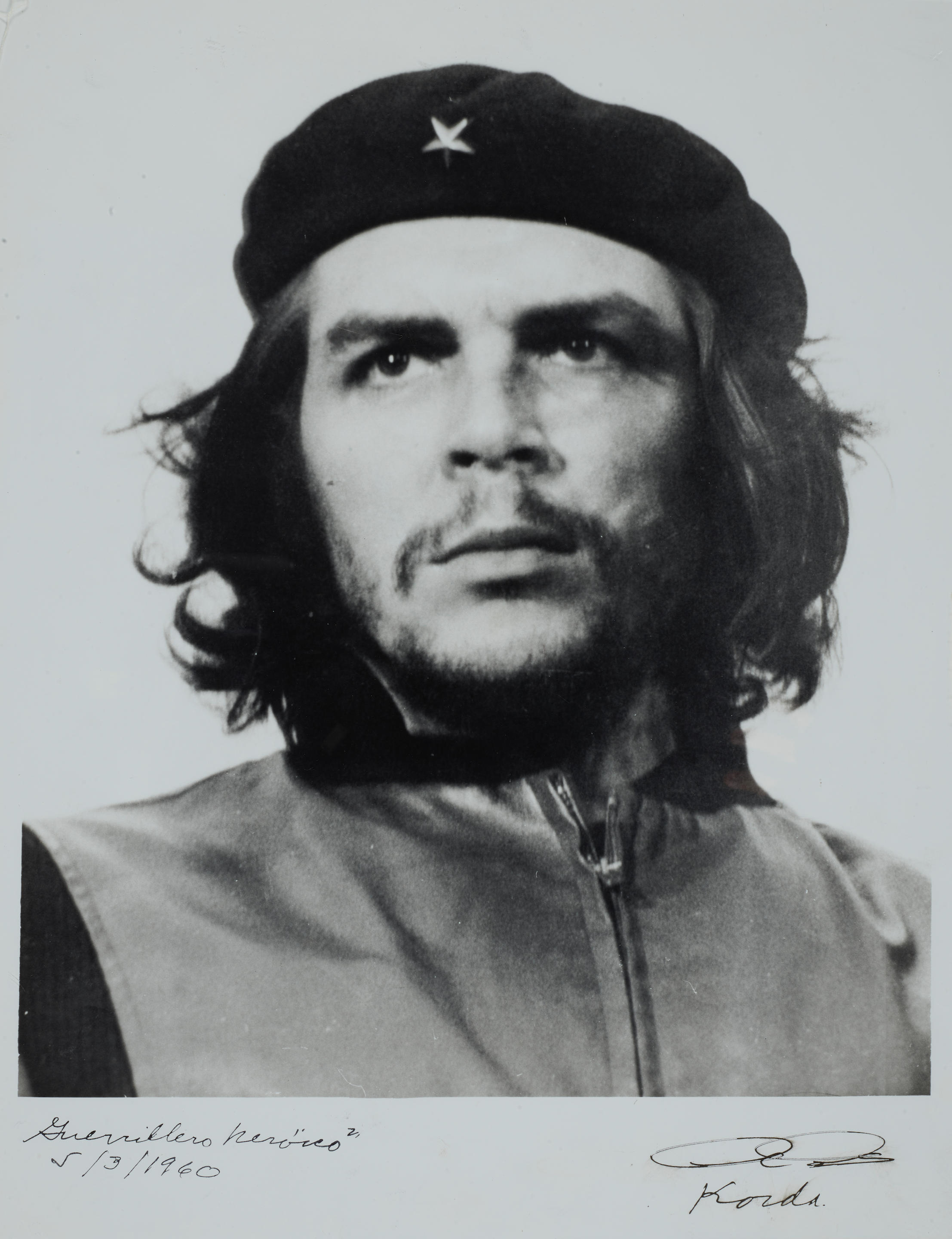



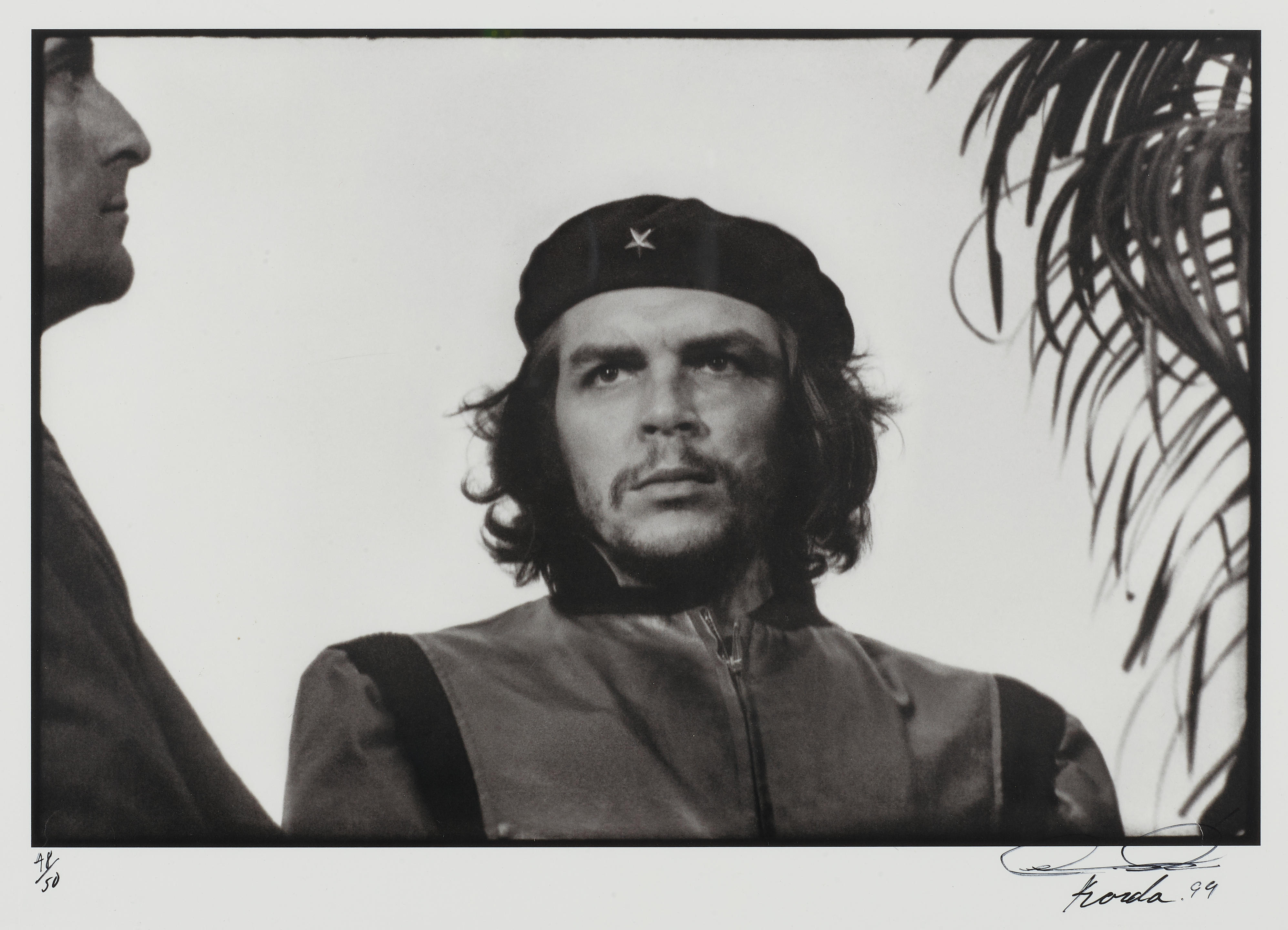


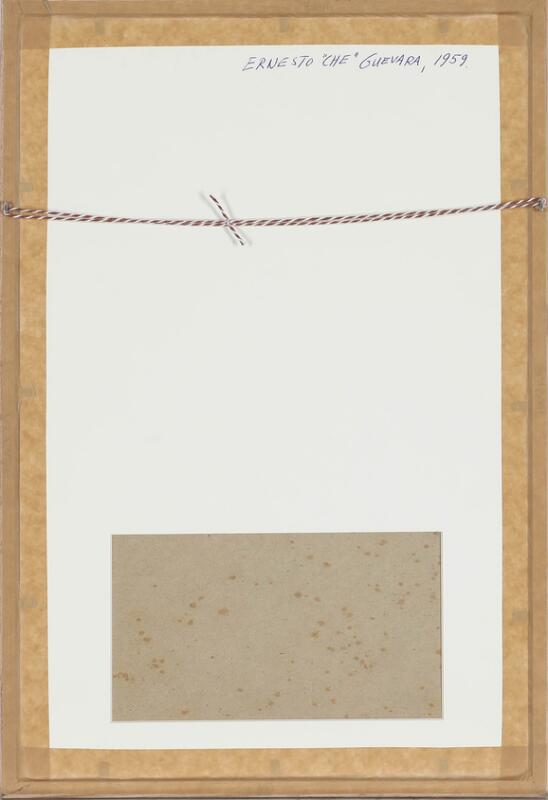


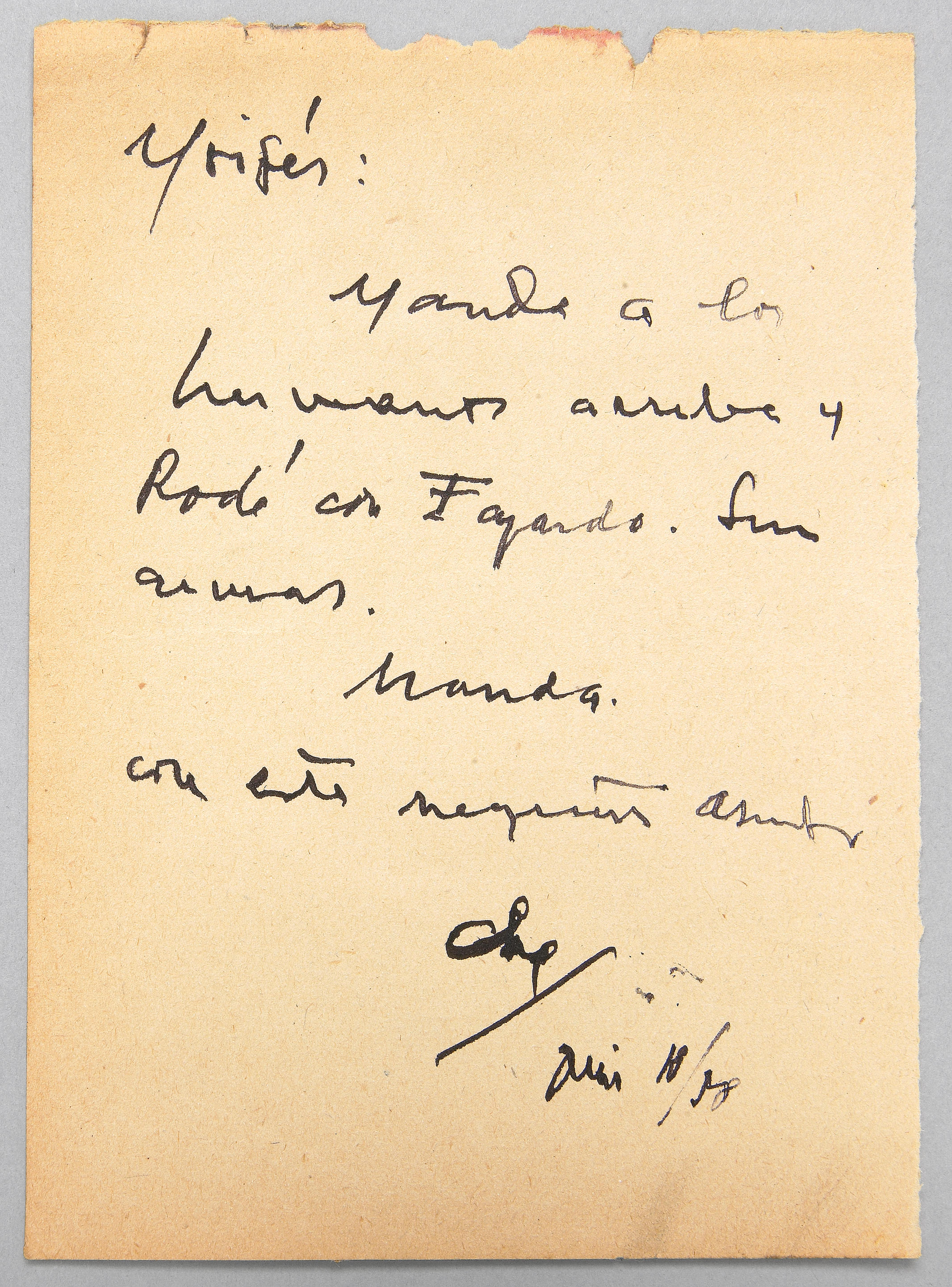
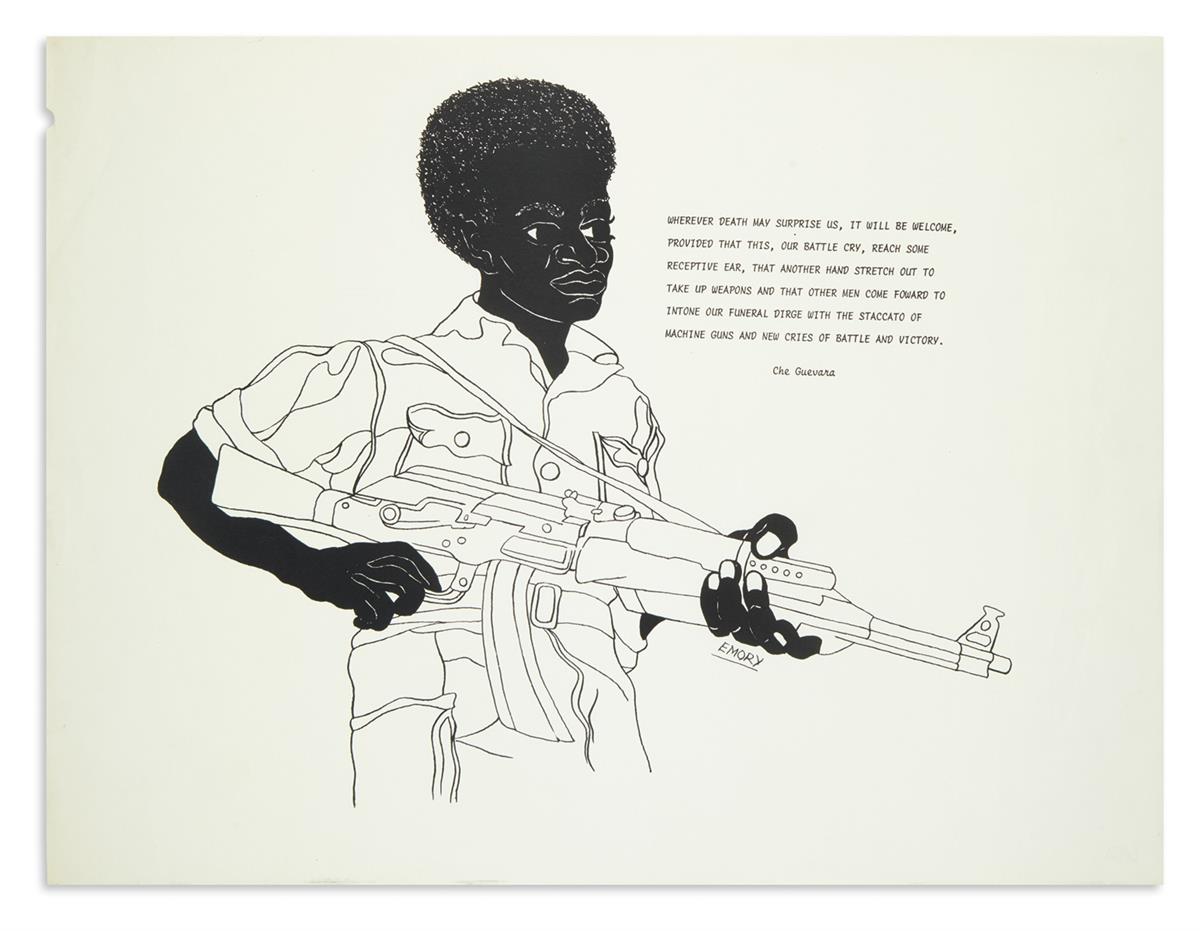
Testen Sie LotSearch und seine Premium-Features 7 Tage - ohne Kosten!
Lassen Sie sich automatisch über neue Objekte in kommenden Auktionen benachrichtigen.
Suchauftrag anlegen